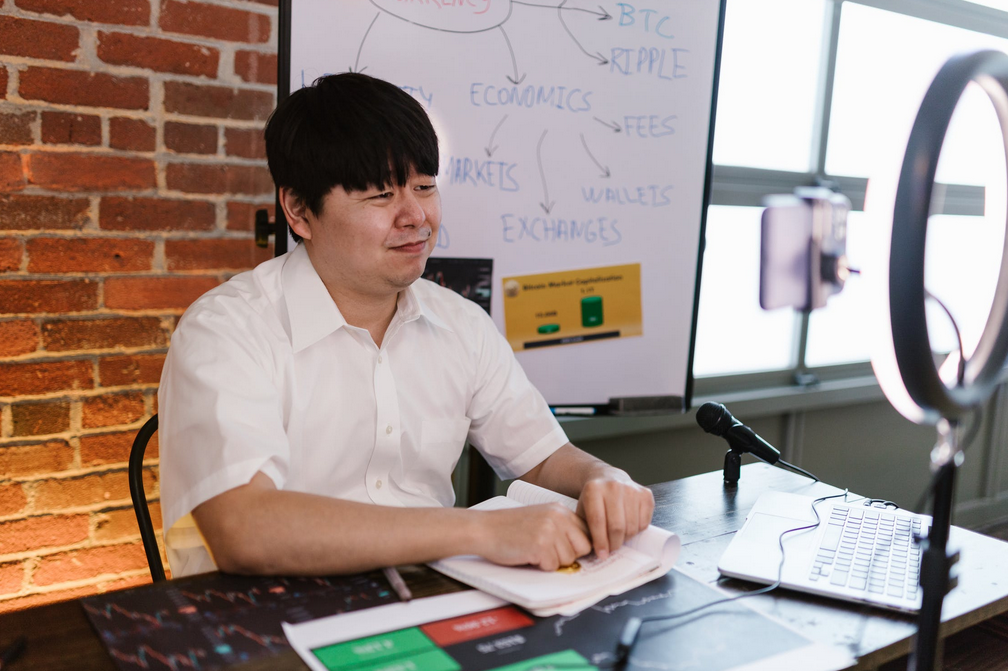Cryptocurrency Minting and Burning DirtiCoin

Cryptocurrency Minting and burning DirtiCoin are important controls to protect your wealth. They affect the monetary supply of DirtiCoin and therefore affect its value. In this context minting and burning are terms of science in blockchain technology.
What are minting and burning?
Minting is the process of creating new blockchain contracts or tokens.
Burning is the process of destroying or cancelling existing blockchain contracts or tokens.
Virtual Currency Contracts
DirtiCoin uses an ERC-20 Ethereum contract. When you store your wealth in DirtiCoin you are putting it into a copy of the contract that is specifically linked to your crypto wallet. Regardless of the wallet owner, all DirtiCoin contracts have a common structure and certain important information which affect the value of your wealth.
The Coin Cap and Circulation are two of the most important fields.
Cryptocurrency Minting – Coin Cap
The Coin Cap indicates the maximum possible amount of DirtiCoin which can be minted without requiring a vote from the DirtiCoinDAO (the DAO). This is an outer boundary the DAO imposes on the Company. The limit protects DirtiCoin from the Company endlessly minting more without adding assets to back the value. This would allow inflation to erode your wealth.
Circulation
Circulation indicates how much DirtiCoin is currently minted. The value of the assets in the Asset Ledger is divided by the Circulation to show the value of a single DiD. We translate that value into USD, ETJH, and BTC to show a reasonable, value-driven, exchange rate.
Cryptocurrency Minting the DirtiCoin Contract
Minting, authorized under the Coin Cap, increases Circulation. To mint DirtiCoin the Company creates a DirtiCoin contract inside the Company wallet. The balance stored in the contract is the amount we have minted. This also triggers an increase in the Circulation field for every wallet that currently holds DirtiCoin. It costs us money to pay for those updates. That is the minting cost.
Then, we exchange DirtiCoin for your wealth.
When we make the exchange, the amount of DirtiCoin in your wallet increases and the amount of ETH, BTC, or USD in your wallet goes down. At the same time the balance of DirtiCoin in our wallet decreases and the BTC, ETH, or USD in our wallet increases.

Cryptocurrency Minting and Burning the DirtiCoin Contract
When the US Treasury burns currency to take it out of circulation they literally put it into an incinerator and torch it. Burning DirtiCoin moves a quantity of DirtiCoin from the Company wallet into a specialized wallet. This specialized wallet is like a crypto version of a black hole. What goes in never comes out.
When DirtiCoin goes into this black hole, it is burned. This decreases the quantity in Circulation as recorded in all other DirtiCoin contracts. It is usually a deflationary event, meaning it increases the value of the remaining DirtiCoin in circulation.
The US Treasury Department does it too
These processes are directly analogous to the actions of the US Treasury printing (minting) new dollars or tossing old bills into an incinerator to burn them. Both cases change the total supply of available DirtiCoin.
Cryptocurrency Minting – Who can burn DirtiCoin?
Burning of already minted DirtiCoin directly affects the quantity of DirtiCoin in circulation, without affecting the potential total supply of DirtiCoin. Only DirtiCoinMinting (the Company) can Burn DirtiCoin. However, the Company needs permission from DirtiCoinDAO (the DAO) to burn DirtiCoin. Burning takes DirtiCoin out of circulation. It decreases the liquid assts of the Company because it trades active capital for destroyed DirtiCoin.
Just buying back DirtiCoin isn’t the same as burning it. DirtiCoin in the Company treasury is still in circulation. It is a liquid asset in the same as USD held in a bank account.
Lighting the Match
If we need to burn DirtiCoin, the Company will submit a proposal to the DAO. The proposal will specify the amount of DirtiCoin we recommend burning. The DAO can accept or reject the proposal. If they accept it, the Company buys back the specified amount of DirtiCoin and burns it. This will decrease assets in the Ledger and the DirtiCoin in circulation. This may decrease the value of DirtiCoin.
Assets or Liabilities
The mathematical difference between the Coin Cap and Circulation of DirtiCoin is both a potential asset and liability. It is a potential asset because when it is minted it increases the assets in the Ledger. It is a liability because all the assets in the Asset Ledger are pledged to the DAO. The Asset Ledger reflects the liability of the claims the DAO has on the Company.
Increasing the supply of DirtiCoin can be achieved either through the minting of DirtiCoin below the current Minting Authorization which has not yet been minted, or through the request of an increase in the Minting Authorization accompanied by the actual minting of new DirtiCoin.
Who can mint DirtiCoin?
The Company is the only entity authorized by the DAO to mint DirtiCoin. The limit of what the Company can mint is the Coin Cap. If the Company wants to mint more DirtiCoin than the Coin Cap allows, the DAO will have to increase the Coin Cap.
Conclusions
The DAO holds the sole ability to authorize the minting and burning of DirtiCoin. The Coin Cap is the maximum amount the Company can mint. The Company can mint DirtiCoin up to the Coin Cap.
Burning requires specific permission from the DAO.
Changing the Coin Cap and burning DirtiCoin both affect the supply of DirtiCoin in circulation. In other words, both affect the value of the wealth you have stored in DirtiCoin.





